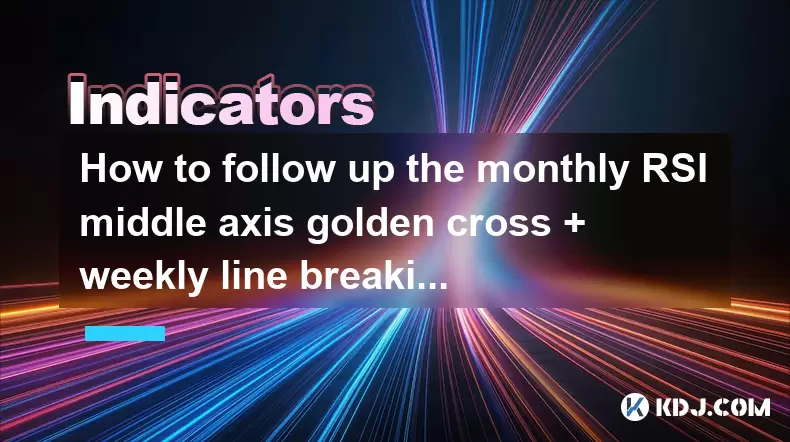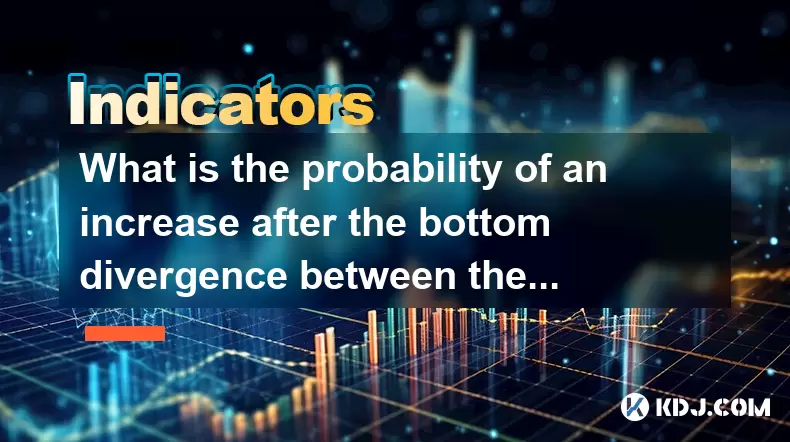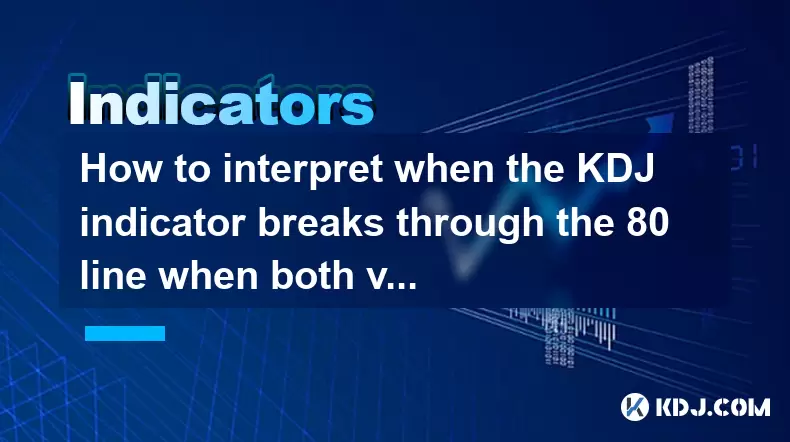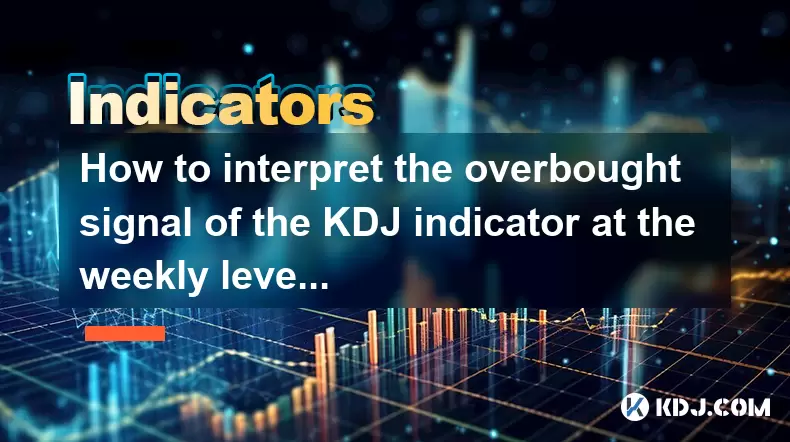-
 Bitcoin
Bitcoin $115100
-2.99% -
 Ethereum
Ethereum $3642
-1.38% -
 XRP
XRP $3.027
-5.51% -
 Tether USDt
Tether USDt $1.000
-0.05% -
 BNB
BNB $763.4
-1.32% -
 Solana
Solana $177.2
-5.42% -
 USDC
USDC $0.9999
-0.02% -
 Dogecoin
Dogecoin $0.2247
-6.47% -
 TRON
TRON $0.3135
0.23% -
 Cardano
Cardano $0.7824
-4.46% -
 Hyperliquid
Hyperliquid $42.53
-0.97% -
 Stellar
Stellar $0.4096
-6.09% -
 Sui
Sui $3.662
-2.61% -
 Chainlink
Chainlink $17.63
-3.57% -
 Bitcoin Cash
Bitcoin Cash $536.3
2.94% -
 Hedera
Hedera $0.2450
0.34% -
 Avalanche
Avalanche $23.23
-3.15% -
 Litecoin
Litecoin $112.2
-1.23% -
 UNUS SED LEO
UNUS SED LEO $8.976
-0.30% -
 Shiba Inu
Shiba Inu $0.00001341
-2.72% -
 Toncoin
Toncoin $3.101
-2.44% -
 Ethena USDe
Ethena USDe $1.001
-0.05% -
 Uniswap
Uniswap $10.08
-1.97% -
 Polkadot
Polkadot $3.938
-2.77% -
 Monero
Monero $323.9
0.87% -
 Dai
Dai $0.9999
-0.02% -
 Bitget Token
Bitget Token $4.481
-1.69% -
 Pepe
Pepe $0.00001199
-5.94% -
 Aave
Aave $288.2
-0.68% -
 Cronos
Cronos $0.1279
0.36%
How to follow up the monthly RSI middle axis golden cross + weekly line breaking through the 60-week line + daily line stepping back on the 5-day line?
A monthly RSI golden cross, weekly breakout above the 60-week MA, and daily pullback to the 5-DMA create a high-probability bullish setup when confirmed by volume and price action.
Jul 24, 2025 at 09:35 pm

Understanding the RSI Middle Axis Golden Cross on a Monthly Basis
The RSI (Relative Strength Index) middle axis golden cross on a monthly chart occurs when the RSI line crosses above the 50 level from below. This is interpreted as a shift from bearish to bullish momentum on a long-term scale. The 50 level acts as a psychological midpoint—values below 50 suggest weakness, while values above indicate strength. A monthly golden cross signals that the broader market sentiment may be turning positive, especially when confirmed by price action and volume.
To identify this signal, traders must ensure the RSI has been below 50 for a significant duration before crossing upward. It’s critical to use a standard 14-period RSI setting unless otherwise specified by your strategy. When the RSI crosses above 50 on the monthly chart, it suggests that the asset may be entering a new phase of accumulation or early-stage uptrend. This signal alone isn’t sufficient to initiate a trade, but when combined with other timeframes, it becomes a powerful leading indicator.
- Confirm the RSI has been below 50 for at least two consecutive months
- Observe the direction of the price trend during the same period
- Check for increasing volume as the RSI crosses 50
- Use candlestick patterns (e.g., bullish engulfing) to validate the reversal
This monthly signal sets the macro context for lower timeframes. Traders should monitor whether the weekly and daily charts begin to reflect similar bullish developments.
Weekly Price Breaking Above the 60-Week Moving Average
The 60-week moving average is a long-term trend filter often used to determine the primary direction of the market. When the weekly closing price moves above this moving average and sustains the breakout, it indicates a potential shift from a downtrend to an uptrend. This is especially meaningful when it coincides with the monthly RSI golden cross.
To verify this breakout:
- Ensure the closing price of the weekly candle is above the 60-week MA
- Look for at least two consecutive weekly closes above the line to avoid false signals
- Examine volume—rising volume on the breakout week strengthens the signal
- Confirm that the 60-week MA itself is beginning to flatten or turn upward
This step confirms that institutional and long-term investors may be entering the market. The 60-week moving average acts as dynamic support once broken, and retests of this level from above can offer low-risk entry opportunities. It’s essential to avoid acting on a single week’s close unless accompanied by strong volume and alignment with higher timeframe signals.
Daily Price Stepping Back to the 5-Day Moving Average
After the monthly and weekly conditions are met, the daily chart becomes the tactical entry zone. The 5-day moving average (5-DMA) is a short-term trend tracker that reflects recent price action. A “step back” refers to the price pulling back to touch or slightly dip below the 5-DMA before resuming upward.
This pullback is crucial because it allows traders to enter at a better price after the broader trend has been confirmed. To properly identify and act on this:
- Wait for the daily price to approach the 5-DMA after a recent upward move
- Confirm the 5-DMA is sloping upward, indicating short-term bullish momentum
- Look for bullish candlestick patterns (e.g., hammer, bullish pin bar) at the touchpoint
- Monitor intraday volume—increasing volume on the bounce confirms buyer interest
Entering on the daily 5-DMA support aligns with the principle of buying strength during a confirmed uptrend. Avoid entries if the price breaks below the 5-DMA with strong bearish volume, as this could indicate short-term weakness.
Integrating the Three Timeframes into a Unified Strategy
The power of this strategy lies in multi-timeframe confluence. Each component validates the others, reducing false signals and increasing the probability of success. The monthly RSI golden cross provides the macro trend bias, the weekly 60-week MA breakout confirms structural change, and the daily 5-DMA pullback offers a precise entry.
To execute this strategy systematically:
- Begin by scanning assets where the monthly RSI has crossed above 50 in the current or previous month
- Filter for those with weekly closing prices above the 60-week MA for at least one week
- Narrow down to assets currently pulling back toward the daily 5-DMA with bullish reversal signs
- Prioritize assets with rising trading volume across all timeframes
Use a watchlist to track candidates and set price alerts for when they approach the 5-DMA. Consider using limit orders slightly below the current price to ensure execution during the bounce. Always define your stop-loss—placing it below the recent swing low on the daily chart or below the 5-DMA with a buffer is common practice.
Risk Management and Position Sizing
Even with strong confluence, no signal is guaranteed. Risk management is essential. Determine the maximum amount you’re willing to risk per trade, typically between 1% and 2% of your total capital.
- Calculate the distance between your entry and stop-loss point
- Divide your risk amount by this distance to determine position size
- Adjust position size if the stop is too wide, potentially invalidating the trade
- Avoid adding to positions until the daily trend shows continued strength
Use trailing stops once the trade moves in your favor. For example, move the stop to break-even when the price reaches 1.5 times the initial risk. Continue adjusting upward as the price progresses along the 5-DMA or higher time frame moving averages.
Monitoring Trade Progress and Exit Signals
After entering, monitor for signs that the trend is weakening. Watch for the daily price to close below the 5-DMA with strong volume, which may signal short-term topping. Also, track the weekly chart for failure to make higher highs or a drop back below the 60-week MA.
Do not exit solely based on profit targets. Let the price action guide your decisions. If the monthly RSI begins to roll over from overbought levels (above 70), it may foreshadow a correction. However, as long as the weekly price remains above the 60-week MA and the daily 5-DMA continues to rise, the trend remains intact.
FAQ 1: What if the monthly RSI crosses above 50, but the weekly price hasn’t broken the 60-week MA yet?
Wait for the weekly confirmation. The monthly signal is a heads-up, not a trigger. Trading before the 60-week MA breakout increases risk. Monitor the asset until the weekly close is confirmed above the line.
FAQ 2: Can I use a different moving average instead of the 5-day on the daily chart?
The 5-DMA is chosen for its sensitivity to short-term trends. Using alternatives like the 10-DMA may delay entries. If you adjust, ensure backtesting confirms effectiveness in your chosen market.
FAQ 3: How do I confirm volume is increasing on the weekly breakout?
Compare the volume of the breakout week to the 4-week average. A volume spike of at least 1.5 times the average is a strong confirmation. Use on-balance volume (OBV) as a secondary indicator.
FAQ 4: What crypto pairs work best with this strategy?
This strategy suits major cryptocurrencies with high liquidity, such as BTC/USDT, ETH/USDT, and large-cap altcoins. Low-volume assets may produce false breakouts due to manipulation or thin order books.
Disclaimer:info@kdj.com
The information provided is not trading advice. kdj.com does not assume any responsibility for any investments made based on the information provided in this article. Cryptocurrencies are highly volatile and it is highly recommended that you invest with caution after thorough research!
If you believe that the content used on this website infringes your copyright, please contact us immediately (info@kdj.com) and we will delete it promptly.
- Kaspa's Strongest Month REVEALED: New Data Shocks KAS Traders!
- 2025-07-26 04:30:12
- Crypto Losses: From ZIRP to Zero - How I Lost a Million Dollars (and What You Can Learn)
- 2025-07-26 04:30:12
- BONK's Wild Ride: Selling Pressure and Market Dip - A New Yorker's Take
- 2025-07-26 03:30:12
- Pepeto Presale Heats Up: Demo Trading and Meme Coin Mania!
- 2025-07-26 02:50:11
- WeWake, Nexchain AI, and the Crypto Presale Frenzy: What You Need to Know
- 2025-07-26 02:50:11
- Scottie Pippen's XRP Moonshot: A Slam Dunk or an Air Ball?
- 2025-07-26 03:30:12
Related knowledge

What does it mean when the price breaks through the 30-day moving average and is accompanied by a large volume?
Jul 26,2025 at 03:35am
Understanding the 30-Day Moving Average in Cryptocurrency TradingThe 30-day moving average (MA) is a widely used technical indicator in the cryptocurr...

What does it mean when the MACD bar turns from negative to positive?
Jul 26,2025 at 05:01am
Understanding the MACD Indicator in Cryptocurrency TradingThe Moving Average Convergence Divergence (MACD) is a widely used technical analysis tool in...

Does the golden cross of the KDJ three lines at the annual line level indicate a turning point in the big cycle?
Jul 26,2025 at 01:35am
Understanding the KDJ Indicator in Cryptocurrency TradingThe KDJ indicator is a momentum oscillator widely used in technical analysis, especially with...

What is the probability of an increase after the bottom divergence between the KDJ indicator and the trading volume?
Jul 26,2025 at 01:29am
Understanding KDJ Indicator and Its Role in Technical AnalysisThe KDJ indicator is a momentum oscillator widely used in cryptocurrency trading to iden...

How to interpret when the KDJ indicator breaks through the 80 line when both volume and price rise?
Jul 26,2025 at 12:47am
Understanding the KDJ Indicator and Its ComponentsThe KDJ indicator is a momentum oscillator widely used in technical analysis within the cryptocurren...

How to interpret the overbought signal of the KDJ indicator at the weekly level?
Jul 26,2025 at 04:09am
Understanding the KDJ Indicator at the Weekly LevelThe KDJ indicator is a momentum oscillator widely used in technical analysis to identify potential ...

What does it mean when the price breaks through the 30-day moving average and is accompanied by a large volume?
Jul 26,2025 at 03:35am
Understanding the 30-Day Moving Average in Cryptocurrency TradingThe 30-day moving average (MA) is a widely used technical indicator in the cryptocurr...

What does it mean when the MACD bar turns from negative to positive?
Jul 26,2025 at 05:01am
Understanding the MACD Indicator in Cryptocurrency TradingThe Moving Average Convergence Divergence (MACD) is a widely used technical analysis tool in...

Does the golden cross of the KDJ three lines at the annual line level indicate a turning point in the big cycle?
Jul 26,2025 at 01:35am
Understanding the KDJ Indicator in Cryptocurrency TradingThe KDJ indicator is a momentum oscillator widely used in technical analysis, especially with...

What is the probability of an increase after the bottom divergence between the KDJ indicator and the trading volume?
Jul 26,2025 at 01:29am
Understanding KDJ Indicator and Its Role in Technical AnalysisThe KDJ indicator is a momentum oscillator widely used in cryptocurrency trading to iden...

How to interpret when the KDJ indicator breaks through the 80 line when both volume and price rise?
Jul 26,2025 at 12:47am
Understanding the KDJ Indicator and Its ComponentsThe KDJ indicator is a momentum oscillator widely used in technical analysis within the cryptocurren...

How to interpret the overbought signal of the KDJ indicator at the weekly level?
Jul 26,2025 at 04:09am
Understanding the KDJ Indicator at the Weekly LevelThe KDJ indicator is a momentum oscillator widely used in technical analysis to identify potential ...
See all articles

























































































